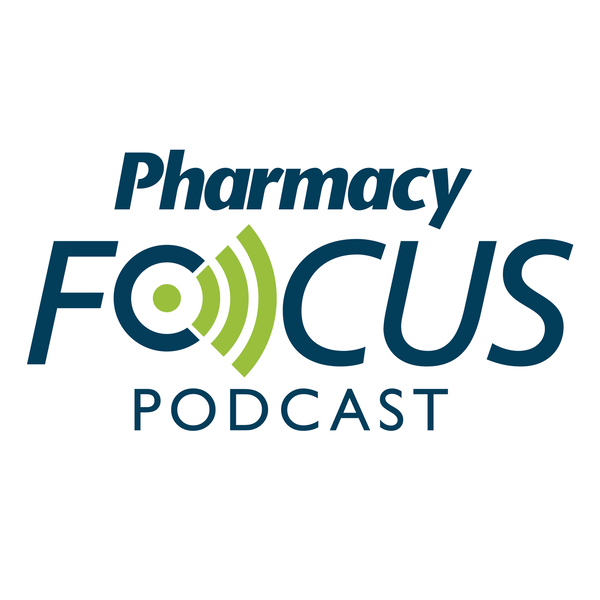Video
Foundational Trials for Fecal Microbiota Transplantation for C. difficile Infection
Author(s):
Dr Lodise summarizes foundational trials that led to the use of fecal microbiota transplant for the treatment of rCDI.
Paul Feuerstadt, MD:We know that fecal transplant is effective at reducing recurrence of C. difficile, so it’s effective at eradicating that spore phase. We’ve spoken already about the mechanism of action. We spoke about the safety. It’s safe; it works. We spoke about monitoring. Tom, can you walk us through some of the foundational trials that have shown us efficacy for fecal microbiota transplantation?
Thomas Lodise, PharmD, PhD: As you’re aware, we started with a lot of case series and observational studies, and the results are rather impressive. When FMT [fecal microbiota transplantation] was administered to the proximal small bowel, we saw success rates of 75% to 94%, and it was even higher with installation of FMT into the colon. Then we start getting into randomized clinical trials. Everybody is aware of the first 1, by [Els] van Nood and colleagues [in 2013]. It was a small study, but they showed remarkable benefit with the use of FMT relative to vancomycin in an open-label trial. The results were so impressive that the trial was stopped early. There are a lot of data to support it.
Since then, there have been several randomized clinical trials, and the results are somewhat mixed. They were probably summarized best by [Raseen] Terik and colleagues. This was a meta-analysis, and they looked at 13 recently completed trials as they worked their way down their inclusion-exclusion algorithm. They found a lower success rate. This was in randomized and open-labor trials, but there was considerable heterogeneity, which reflected the heterogeneity within our patients with CDI [Clostridioides difficile infection]. A couple of things we took from this was that they only looked at FMT, and higher cure rates with colonoscopy relative to enema, but no difference in colonoscopy relative to oral administration.
In another study, when they looked at people getting multiple FMTs, there seemed to be some benefit. We think about the disease, especially in those with a friable colon, who may need multiple FMTs. In that circumstance, with multiple FMTs, we see success rates that within the observational trials closer to 90% or above 90%. When we think about oral, there appears to be some benefit to delivering it to the colon. There are all these concerns with gastric acid breaking down FMT, so that’s preferred with direct colonic installation.
One other thing I’ll say is that when we think about use of FMT, it seems to be a bit better for recurrent vs refractory CDI, so it’s combined. There’s a lot of heterogeneity in these trials. They have different definitions of response. We talked about all the issues with diagnostic testing. Some probably have a lot of false positives. That may drive down that cure rate, and it’s a clinical diagnosis. There are a few take-aways. It’s very good for recurrent disease. There appears to be some benefit with direct colonic installation. If we’re going to use oral, it must at least get to the duodenum. But further studies are needed to find their place in therapy and find that optimal patient.
Transcripts edited for clarity






